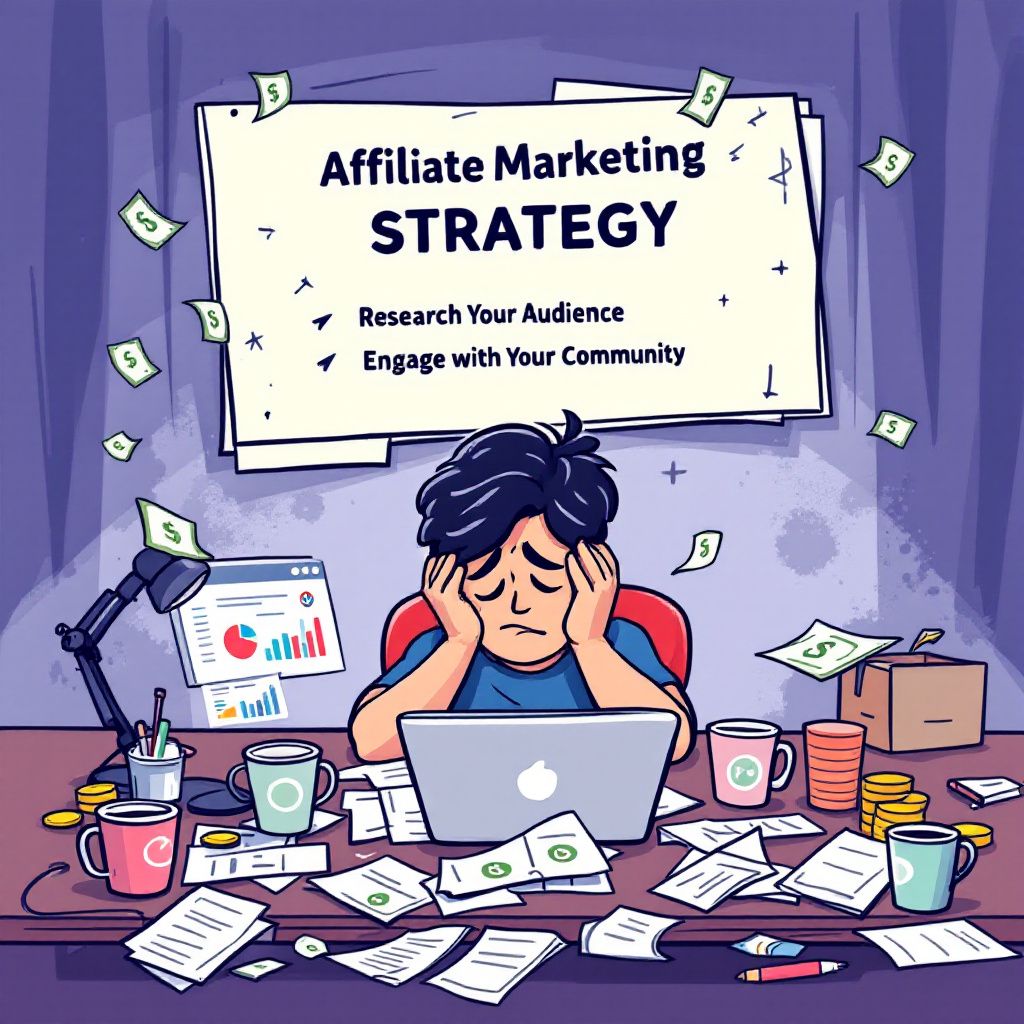Can AI Help? Mastering your Blogging the new way. You may think, that AI is not necessary but think again because it’s the future

“I’m struggling to grasp how AI works and how to integrate it effectively.”
If that sentence feels like it’s plucked straight from your brain, you’re not alone. The world is abuzz with talk of artificial intelligence, from automating tasks to creating art, but for many, the reality of integrating AI feels like trying to learn a foreign language overnight. It’s exciting, yes, but also overwhelming. Where do you even start?
Why Understanding AI Feels Overwhelming
Picture this: You’re standing in the middle of a sprawling, high-tech library. Shelves are stacked with shiny books labeled “Machine Learning,” “Data Analysis,” and “Neural Networks.” The problem is, you don’t even know where to find the table of contents. That’s what diving into AI can feel like if you’re new to the game. But the good news? You don’t have to read the entire library. You just need the right map—and maybe a helpful guide.
Start Small: AI Is a Tool, Not a Mystery
Let’s break it down. Think of AI as a tool, much like a Swiss Army knife. At first glance, it might seem overly complicated with too many gadgets to figure out. But when you realize you only need one or two tools to get started, the whole thing becomes far less intimidating.
The Real-Life Struggles of Getting Started with AI
Imagine Sarah, a small business owner who’s been juggling social media, customer emails, and inventory all on her own. She’d heard about AI tools that could help, but every time she Googled them, she found herself knee-deep in jargon. Algorithms? Predictive analytics? She felt like she needed a Ph.D. just to send a better email. What Sarah didn’t realize was that AI could meet her exactly where she was—she didn’t need to master the whole thing at once.
Shift Your Mindset: You Don’t Need to Know Everything
Here’s where most people trip up: They think they have to know everything about AI before they can use it. That’s like saying you need to understand the inner workings of an engine before you can drive a car. Spoiler alert: You don’t. The key is starting small and focusing on what matters most to you.
Identify Your Pain Points: Where Can AI Help You?
Take a moment and think about your biggest challenges. Are you drowning in repetitive tasks, like data entry or responding to emails? Do you struggle to create engaging content or analyze performance metrics? Whatever it is, there’s likely an AI tool tailored to that specific problem. The trick is identifying the pain point you want AI to solve—not trying to tackle everything all at once.
Sarah’s First AI Win: A Practical Example
Let’s revisit Sarah. After some trial and error, she discovered an AI-powered scheduling tool that helped automate her social media posts. She no longer had to scramble every morning to think up captions or remember to hit publish. With that one change, she freed up hours each week. Did she still feel a bit lost about what AI could do beyond that? Sure. But she’d taken her first step, and that gave her the confidence to keep exploring.
Questions to Guide Your AI Journey
So, how do you find your first “Sarah moment” with AI? Start by asking yourself these questions:
- What tasks eat up most of your time? Look for tools that can automate or streamline those specific activities. For instance, AI-powered email responders can help draft replies, while predictive analytics tools can simplify your decision-making.
- What feels like your biggest weakness? Maybe you’re not a natural at writing blog posts or analyzing data. AI tools like ChatGPT or data visualization platforms can fill in the gaps.
- What do you wish you had more time to do? By delegating mundane tasks to AI, you can focus on creative or strategic work that actually moves the needle.
Overcoming the Fear of Getting It Wrong

Another common roadblock is the fear of “getting it wrong.” What if you pick the wrong tool? What if you waste time learning something that doesn’t pan out? These are valid concerns, but here’s a secret: AI is forgiving. Most tools are designed to be intuitive and user-friendly, with tutorials and support to help you along the way. Plus, experimenting is part of the process. Even if your first attempt isn’t perfect, you’ll gain valuable insights that make your next try even better.
Be Intentional: AI Is a Flashlight, Not a Magic Wand
Still, it’s important to stay grounded. AI isn’t a magic wand that will solve all your problems overnight. It’s more like a flashlight—it illuminates what you’re working on and makes the path forward clearer, but you still have to do the walking. This means being intentional about what you’re trying to achieve and not getting sidetracked by shiny features that don’t serve your goals.
Focus on What Matters: Start with the Basics
Think of it like cooking. You wouldn’t pull every tool out of your kitchen drawer to make spaghetti, right? You’d grab a pot, a strainer, and maybe a ladle. The same principle applies to AI. Start with the tools you actually need, and only expand once you’re comfortable.
Beginner-Friendly AI Tools to Explore
Let’s talk practicality. Here are a few beginner-friendly AI tools and how they can help:
- ChatGPT or Jasper AI: Perfect for writing blog posts, emails, or brainstorming ideas. Simply input a prompt, and these tools generate content tailored to your needs.
- Canva’s AI features: Struggling with design? Canva’s AI-powered templates and suggestions make creating visuals a breeze, even for non-designers.
- Grammarly: Not sure if your writing is polished? Grammarly’s AI can help refine your content, catching errors and improving clarity.
- Hootsuite or Buffer: Automate your social media scheduling, ensuring consistent posting without constant manual effort.
- Zapier: Connect different apps and automate workflows, like syncing new leads from your website to your email marketing platform.
Every Expert Was Once a Beginner
If you’re feeling hesitant, remind yourself that every expert was once a beginner. The first time you use an AI tool might feel awkward, but each attempt builds your confidence. Before you know it, you’ll be integrating AI into your routine like a pro.
AI Is Here to Empower, Not Replace
As you start exploring, remember that AI isn’t here to replace you—it’s here to empower you. It’s a collaborative partner, not a competitor. And just like any partnership, it takes time to find your rhythm. Don’t be afraid to ask questions, seek out resources, or even join communities of like-minded learners who can share their experiences.
A Guided Path: Learn AI with Michael Cheney

For those who want a step-by-step approach to mastering AI and integrating it into their lives, programs like Michael Cheney’s AI Partner and Profit offer invaluable guidance. With training tailored to beginners and a supportive community, you can skip the guesswork and fast-track your success. This program doesn’t just teach you about AI; it shows you how to leverage it for meaningful results, whether you’re building a blog, starting an online business, or simply trying to work smarter.

The next time you feel overwhelmed by AI, think back to Sarah and her one small win. Remember, you don’t need to conquer the entire AI landscape overnight. Just take one step, try one tool, solve one problem. Every journey starts with a single step, and your AI journey is no different.